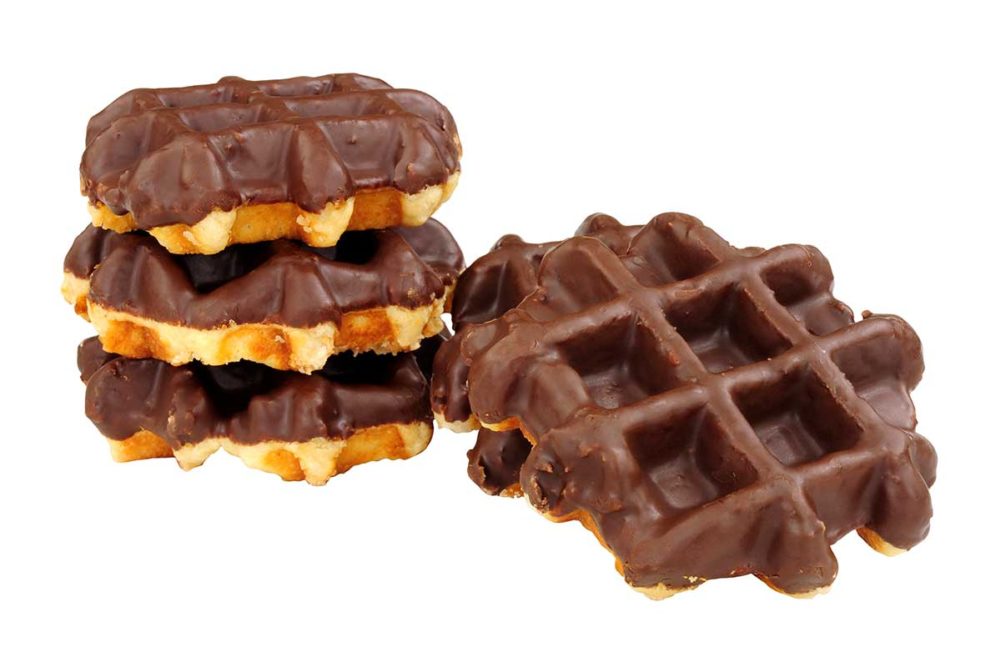Replacing sugar in baked foods means bringing, first and foremost, sweetness. But some sweeteners lack the functionality of sugar, which adds to texture, browning, binding and mouthfeel, among other attributes.
“Stevia and monk fruit are wonderful high-intensity sweeteners,” said Thom King, chief executive officer and food scientist at Icon Foods. “On their own they can be challenging to work with, but in concert with low-intensity sweeteners such as allulose and erythritol, they work very well. This is where it is best to work with a formulator who has vast experience in clean label sugar reduction.”
Stevia, which is extracted from a plant, is a strong sweetener, which means it can be effective in low amounts, and it has several versions.
It is 30 to 150 times sweeter than sugar, depending on the product, explained Yanling Yin, PhD, and director of bakery application at Corbion.
“When you’re using sweeteners, you cannot use too much,” she said. “The sweetness you perceive is a different type of sweetness. With a regular cane sugar, you can taste sweetness right away. Some sweeteners don’t give you that initial sweetness. They come out later after chewing. It’s a different type of perception, and if you use a high level, people don’t like it. They’re not used to it.”
Dr. Yin said that stevia can be used like regular sugar for sweetness, but she cautioned that it can be used to replace only about 20% of the sugar in sweet baked goods because it won’t provide other functionalities of regular sugar. There are several versions of stevia available, including newer versions that offer improved sweetness and flavor compared to earlier versions.
“With stevia, there are so many different molecules/ingredients, and there is a wide range of functions and price points,” said Jackson Pillow, global marketing communications manager, sugar reduction and specialty sweeteners, Ingredion Inc. “Reb M has a very clean sugar-like taste but typically comes at a higher price point than Reb A. Ingredion helps food and beverage companies optimize for taste and performance to create the best value.”
Stevia and monk fruit don’t make up for the texture, bulk and functionality that sugar brings, so other ingredients are needed.
“For those properties, we often opt for Zerose erythritol, a natural, zero-calorie bulk sweetener and naturally sourced soluble fibers,” said Tim Christensen, certified master baker at Cargill. “Together, these ingredients help deliver the mouthfeel consumers expect. In many bakery applications, the combination of stevia, erythritol and soluble fibers can successfully replace the functionality of sugar, keep cost-of-use in check and deliver on consumer preferences.”
This article is an excerpt from the December 2021 issue of Baking & Snack. To read the entire feature on Sugar Reduction, click here.





